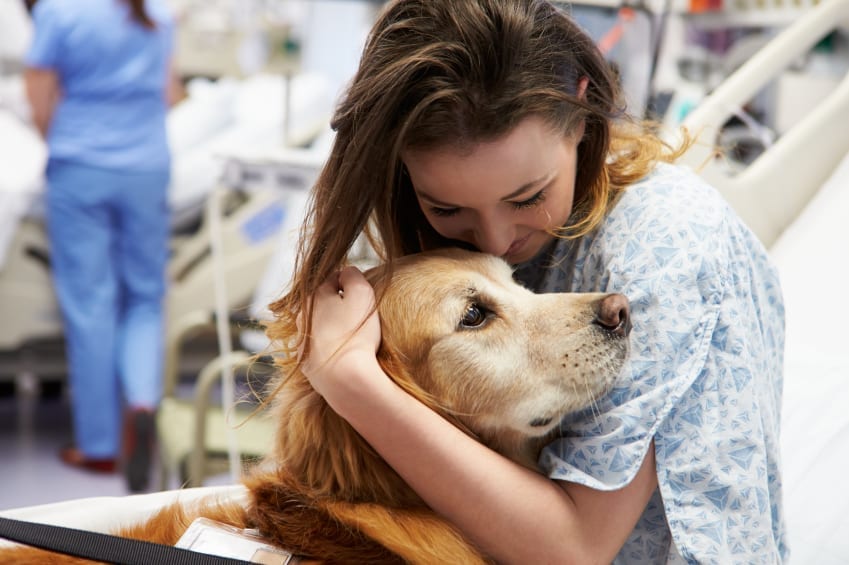A shared population of methicillin-resistant Staphylococcus aureus (MRSA) bacteria circulates both in humans and companion animals, according to a study published this week in mBio, the online open-access journal of the American Society for Microbiology.
“Our study demonstrates that humans and companion animals readily exchange and share MRSA bacteria from the same population,” says senior author Mark Holmes, senior lecturer in preventive veterinary medicine at the University of Cambridge in England.
MRSA naturally lives on the skin and also causes difficult-to-treat infections in humans and animals. “It also furthers the ‘one health’ view of infectious diseases that the pathogens infecting both humans and animals are intrinsically linked, and provides evidence that antibiotic usage in animal medicine is shaping the population of a major human pathogen.”
Holmes and colleagues sequenced the genomes of 46 MRSA samples from cats and dogs, collected between August 2003 and August 2007 from two large veterinary hospitals and several smaller veterinary practices throughout the United Kingdom. The samples were found to be similar to those associated with MRSA strains in humans, with most coming from wound infections or skin and soft tissue infections. Additional samples were from the animals’ urine; cerebrospinal fluid; nasal wash or discharge; and bloodstream, heart valve or joint infections.
Comparing the samples to a global collection of human MRSA samples sequenced as part of other studies and evaluating the evolution of the bacteria, the investigators found that all animal infections fell in the same family: Epidemic MRSA 15 (EMRSA-15) (sequence type ST22), a common strain of MRSA first detected in the United Kingdom in the 1990s that spread throughout Europe. The bacteria were interspersed throughout the EMRSA-15 genetic family tree. Nearly all samples were genetically similar to human bacteria, and their place in the family tree showed that the companion animal bacteria most likely originated in humans.
Researchers also observed that samples from the same veterinary hospitals clustered together genetically, suggesting that as in human hospitals, MRSA can be readily transmitted in veterinary hospital settings.
“It’s a reminder that constant vigilance and high levels of hygiene are just as important when treating cats and dogs as with humans,” Holmes says.
Analysis of the genomes showed very little genetic discrimination between bacteria samples from humans and animals, indicating that the MRSA from cats and dogs had not undergone extensive adaptation to the companion animals, suggesting this type of MRSA has a broad host range. But the animal MRSA were significantly less likely than those from humans to have resistance to the antibiotic erythromycin, used rarely in English veterinary practices. Instead, these MRSA from animals were more likely to contain mutations making them resistant to the antibiotic clindamycin, used widely in veterinary medicine in the United Kingdom.
Holmes says pet owners don’t need to worry.
“MRSA infection in cats and dogs is still extremely rare,” Holmes says. “There is very little risk of owners getting ill from their pets.” In addition, he says, healthy pets are not likely to pick up MRSA from their human companions but if a pet already is ill or its health is severely compromised, MRSA patients should inform their pets’ veterinarians.
Read the study at mBio: A Shared Population of Epidemic Methicillin-Resistant Staphylococcus aureus 15 Circulates in Humans and Companion Animals.



